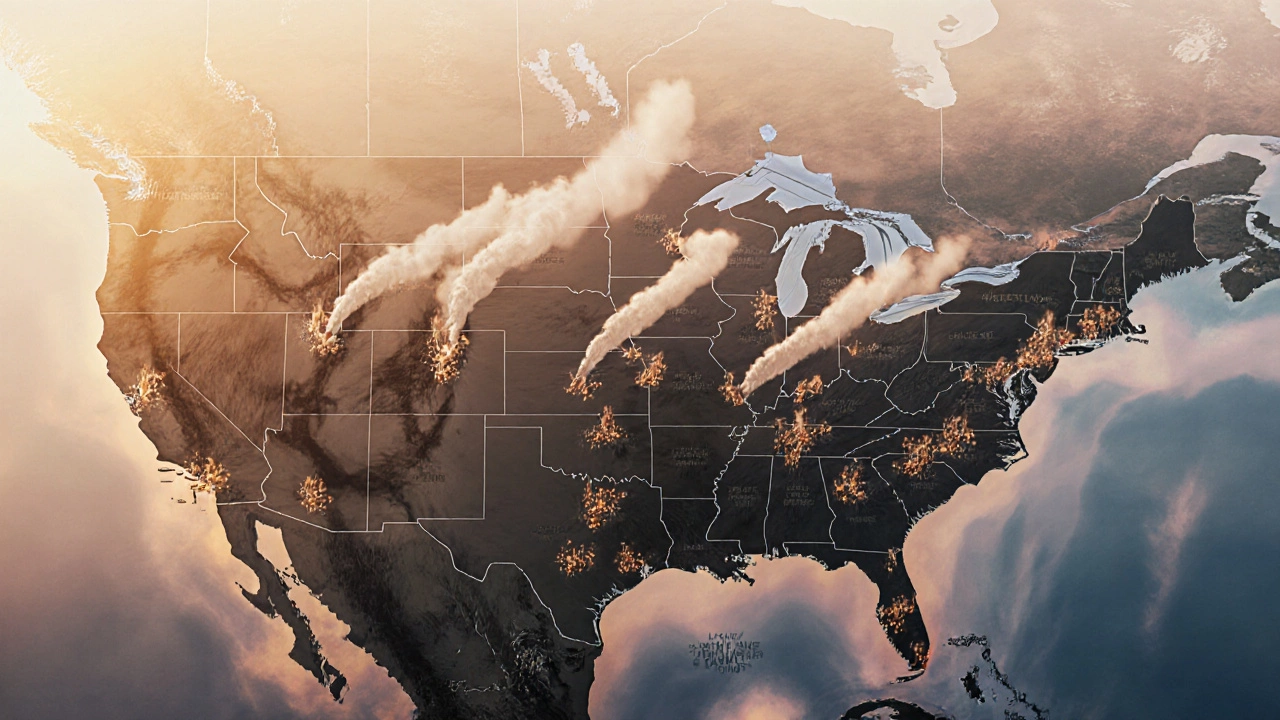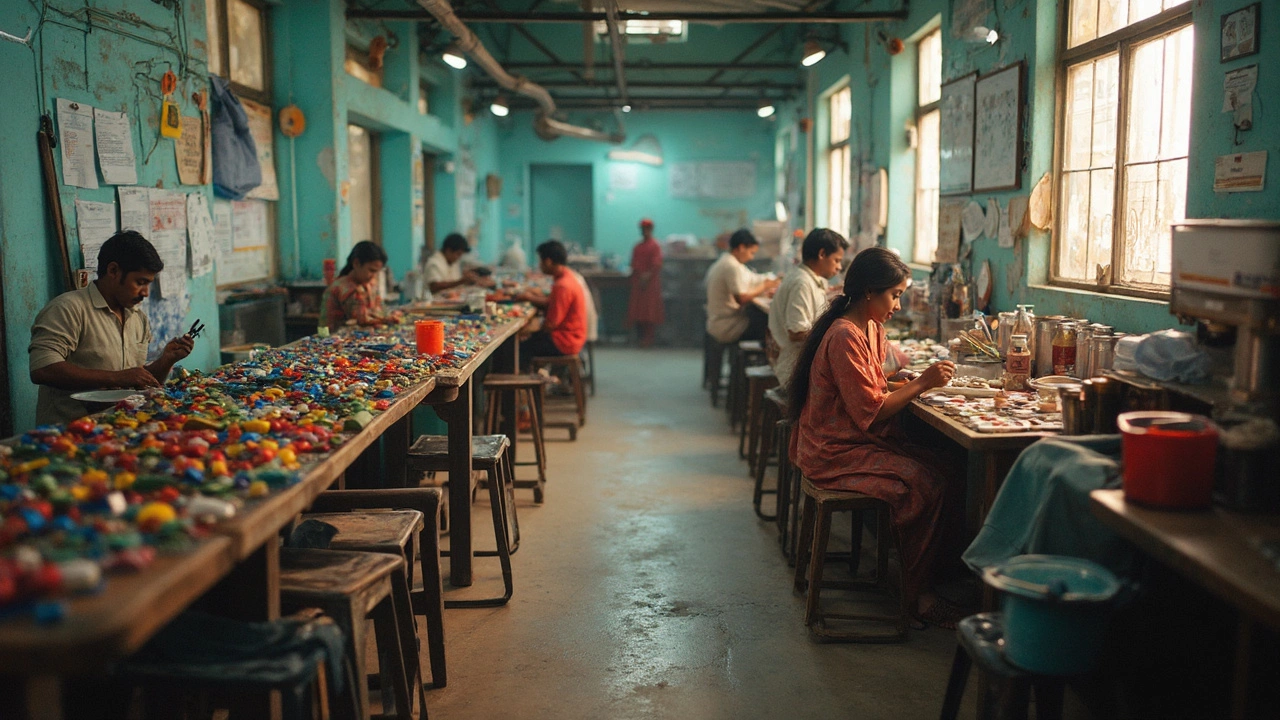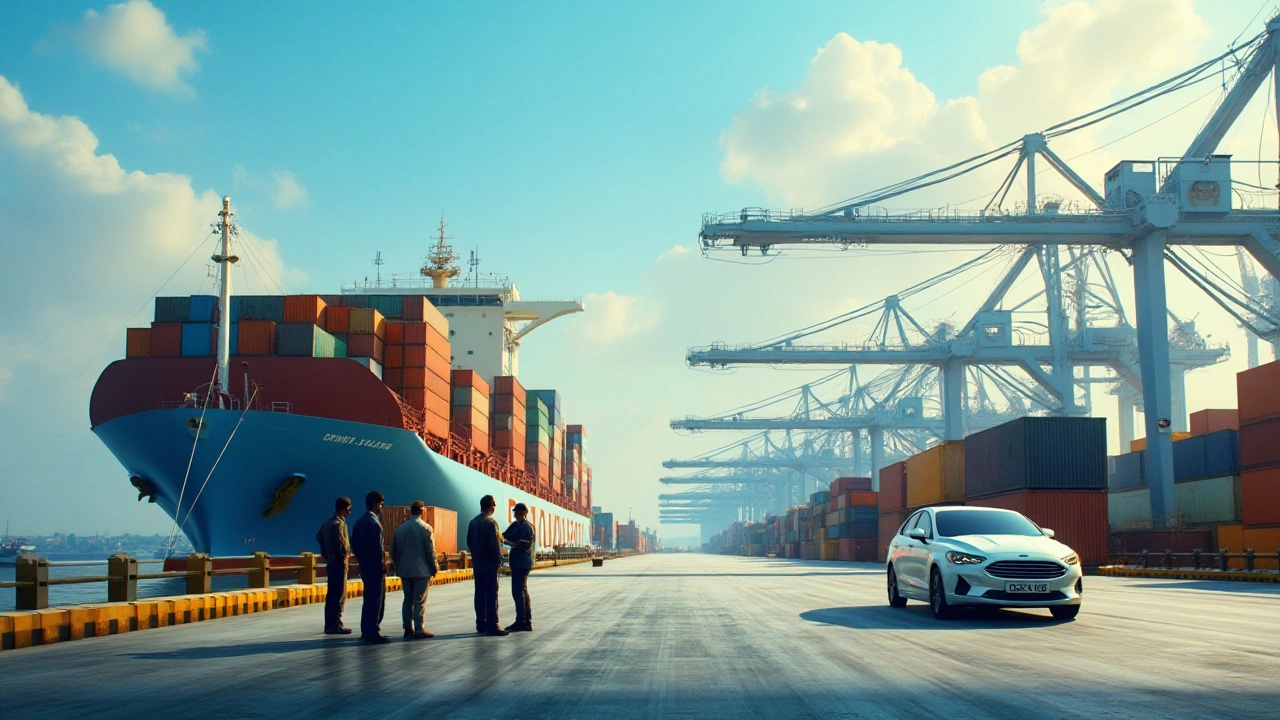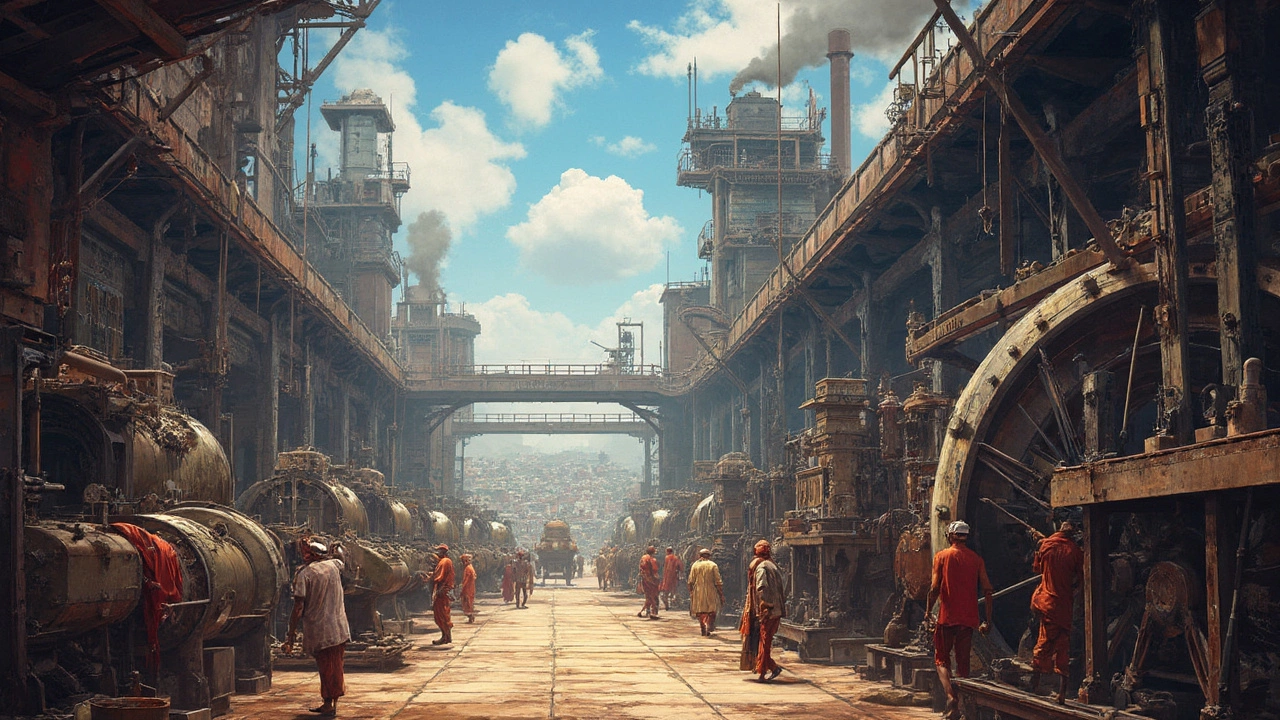American Steel Industry – Overview and Insights
When you look at American steel industry, the network of mines, mills, and companies that turn raw iron ore into the steel that builds bridges, cars, and skyscrapers across the United States. Also known as US steel sector, it drives major economic activity and links several other sectors. It relies on steel production, the process of melting and shaping iron alloys into usable forms, depends on raw material supply, imports of iron ore, coal, and scrap metal that feed domestic furnaces, and is shaped by trade policies, tariffs, quotas, and agreements that affect the cost and flow of steel goods. These three entities form a tight loop: the industry needs raw materials, converts them through production, and then feels the impact of trade rules on its profitability.
Key Factors Shaping the American Steel Industry
One of the biggest drivers today is the demand from construction and automotive sectors. When a new highway is planned or an electric‑vehicle factory breaks ground, steel orders surge, creating jobs in both the mills and the supply chain. In fact, a 2023 study by the US Steel Institute found that every 1,000 tons of steel produced supports roughly 25 direct manufacturing jobs and more than 150 indirect jobs in logistics, engineering, and services. This employment ripple effect underlines why the steel sector is a cornerstone of local economies, especially in the Rust Belt where towns depend on mill payrolls to stay afloat. Sustainability is another hot topic. Green steel technologies—like electric arc furnaces powered by renewable electricity or hydrogen‑based reduction—promise to cut carbon emissions by up to 60 % compared with traditional blast furnaces. Companies such as Nucor and Steel Dynamics have already piloted low‑carbon plants, and the federal Inflation Reduction Act offers tax credits that make these projects financially viable. The move toward greener steel not only helps meet climate goals but also opens new market opportunities overseas where buyers increasingly demand environmentally certified products. Trade policy continues to rewrite the rules of the game. Recent tariffs on imported steel have pushed some domestic producers to raise prices, benefitting certain mills but also raising costs for downstream manufacturers. Conversely, free‑trade agreements with Canada and Mexico have facilitated cross‑border steel flows, allowing firms to optimize production locations. The back‑and‑forth of tariffs, counter‑tariffs, and negotiated settlements creates a constantly shifting landscape that executives must monitor to avoid supply disruptions.
All these pieces—production capacity, job creation, sustainability pushes, and trade dynamics—interact to define where the American steel industry stands today and where it’s heading tomorrow. Below you’ll find a curated collection of articles that dig deeper into each of these aspects, from detailed looks at the best‑in‑class steel producers to analyses of how policy shifts affect the bottom line. Whether you’re a plant manager, an investor, or just curious about the metal that holds our economy together, the posts ahead offer practical insights and data‑driven perspectives to help you stay informed.
US Steel Mills in 2025: Which Ones Are Still Operating?
Discover how many steel mills remain in the US, the types still operating, major owners, recent closures, and what the future holds for American steel production.
- manufacturing
- India
- food processing
- garden tips
- rice cultivation
- government schemes
- balcony garden
- urban gardening
- balcony gardening
- profitable business
- business ideas
- plastic manufacturing
- drip irrigation
- plant care
- steel manufacturing
- sustainable gardening
- startup ideas
- steel industry
- flower gardening
- textile manufacturers






